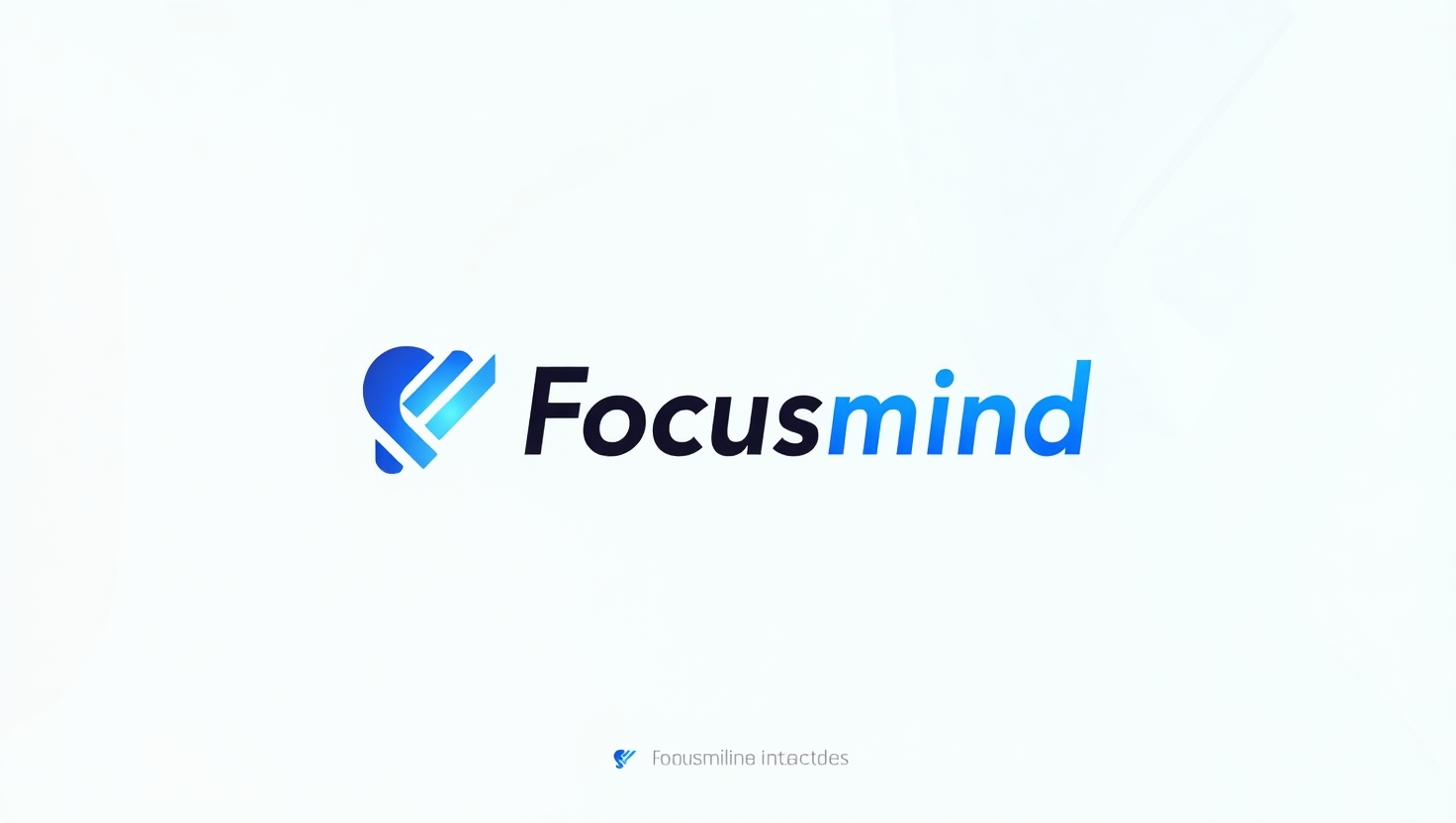Now Reading: Acute Kidney Injury (AKI) Symptoms, Causes, Real Life Stories, Diagnosis & Treatments
-
01
Acute Kidney Injury (AKI) Symptoms, Causes, Real Life Stories, Diagnosis & Treatments
Acute Kidney Injury (AKI) Symptoms, Causes, Real Life Stories, Diagnosis & Treatments
Acute Kidney Injury (AKI): The Silent Crisis Your Kidneys Can’t Afford to Ignore 🚨💧
Imagine your kidneys—the body’s master detoxifiers—suddenly hitting the brakes. That’s acute kidney injury (AKI), a rapid loss of kidney function that can strike like a thief in the night. Whether you’re young, old, or seemingly healthy, AKI doesn’t discriminate. Let’s dive into the life-saving details—from sneaky symptoms to recovery secrets—so you can protect your kidneys before it’s too late.Research indicates AKI affects up to 7% of hospital admissions and 30% of ICU admissions, highlighting its significance in medical settings (Acute Kidney Injury – Symptoms, causes, treatment | National Kidney Foundation). It can lead to a buildup of waste products in the blood, fluid imbalances, and affect other organs like the heart and lungs, making early intervention essential.
What is Acute Kidney Injury (AKI)?
Acute kidney injury (pronounced uh-kyoot kid-nee in-juh-ree), formerly called acute renal failure, is a sudden loss of kidney function within hours to days. Your kidneys stop filtering waste, leading to dangerous toxin buildup. This condition is critical, often complicating hospital stays, particularly in intensive care units, and is more prevalent in older adults
🔑 Key Facts
| Aspect | Details |
|---|---|
| Who’s at Risk? | Adults 60+, diabetics, heart/liver disease patients, chronic NSAID users |
| Global Impact | Affects 13.3 million people yearly, with a 25% mortality rate (Source: National Kidney Foundation) |
| Recovery Window | Early treatment can reverse damage; delays lead to permanent kidney failure |
Spot the Signs: Is Your Body Sending SOS Signals? 🚨
AKI symptoms often masquerade as “just feeling off.” Don’t ignore these red flags:
- Swelling: Puffy legs, ankles, or feet (“Why do my socks leave marks?”).
- Fatigue: Extreme tiredness, even after rest.
- Urine Changes: Dark urine, foamy urine, or peeing far less than usual.
- Nausea & Appetite Loss: Food repulses you unexpectedly.
- Confusion: Toxins affect brain function (“I can’t think straight!”).

⚠️ Critical but Rare Symptoms:
- Chest pain, seizures, or shortness of breath (fluid overload).
What Causes AKI? The Triggers Behind the Crash
AKI has three main culprits:
1. Pre-Renal (Low Blood Flow to Kidneys)
- Dehydration: From vomiting, diarrhea, or over-diuretics.
- Heart Failure: Weak heart = poor kidney perfusion.
- NSAID Overuse: Ibuprofen, aspirin—common offenders.
2. Renal (Direct Kidney Damage)
- Infections: Pyelonephritis (kidney infection).
- Medications: Chemo drugs, antibiotics like vancomycin.
- Glomerulonephritis: Inflammation of kidney filters.
3. Post-Renal (Urine Blockage)
- Enlarged Prostate: Men over 50, beware!
- Kidney Stones/Cancer: Blocks urine outflow.
Risk factors include age (especially over 60), diabetes, high blood pressure, and a family history of kidney disease. Recent studies suggest that hospital settings, particularly ICU stays, significantly increase risk due to sepsis or nephrotoxic drug exposure (Acute kidney injury | Nature Reviews Disease Primers).
Diagnosis: How Doctors Unmask AKI 🔍
Diagnosis of AKI relies on a combination of clinical assessment and laboratory tests, guided by criteria like the KDIGO classification. Key diagnostic methods include:

- Kidney Function Tests: Measuring serum creatinine and blood urea nitrogen (BUN) levels to assess filtration rate. A sudden increase in creatinine by 0.3 mg/dL within 48 hours is a red flag.
- Urinalysis: Checking for abnormalities like blood, protein, or casts, which can indicate kidney damage.
- Ultrasound: Used to detect blockages or structural issues, such as an enlarged prostate or tumors.
- Kidney Biopsy: In rare cases, a tissue sample is taken to identify specific causes, like glomerulonephritis.
The RIFLE and AKIN criteria are also used to classify severity, helping guide treatment decisions. Early diagnosis is crucial, as delays can lead to irreversible damage (Acute Kidney Injury: Diagnosis and Management | AAFP).
Treatment: Rescuing Your Kidneys Before the Clock Runs Out 🏥
1. Fix the Cause
- Rehydrate: IV fluids for dehydration. Correcting dehydration or fluid overload with intravenous fluids or diuretics, depending on the patient’s status
- Stop Offending Drugs: NSAIDs, certain antibiotics. Discontinuing nephrotoxic drugs like NSAIDs and adjusting doses of others based on kidney function
- Relieve Blockages: Stents for stones/prostate issues. Addressing infections, heart failure, or removing obstructions like kidney stones
2. Dialysis (In Severe Cases)
- Hemodialysis: Machine filters blood if kidneys shut down.
- Peritoneal Dialysis: Uses abdominal lining as a filter.
3. Long-Term Recovery
- Low-Sodium Diet: <2,000 mg/day.
- Monitor Blood Pressure: Target <130/80 mmHg.
- Avoid Nephrotoxins: Contrast dyes, heavy metals.
Potential Complications 🚨
Untreated or poorly managed AKI can lead to serious complications:
- Shortness of Breath: Due to fluid buildup in the lungs, known as pulmonary edema.
- Loss of Kidney Function: Potentially leading to permanent damage or CKD.
- Muscle Weakness: Resulting from electrolyte imbalances, particularly potassium or magnesium.
- Cardiovascular Risks: Increased risk of heart attacks or strokes, as AKI can strain the heart.
Riya’s Story: From ICU to Kidney Warrior 🌟
Riya, 34, ignored her UTI symptoms until her legs ballooned and she couldn’t pee. ER tests revealed AKI from untreated infection. After IV antibiotics and hydration, her kidneys bounced back.
“I thought UTIs were ‘no big deal.’ Now I’m a hydration fanatic!”
Prevention: Shield Your Kidneys Like a Pro 🛡️
Daily Habits That Save Kidneys:
- Hydrate Smart: Aim for 8 glasses of water/day (clear pee = good!).
- Limit NSAIDs: Never exceed dosage; try acetaminophen instead.
- Control Chronic Conditions: Manage diabetes, BP, and cholesterol.
Avoid:
- Crash diets, excessive protein powders, and energy drinks.
5 Life-Saving FAQs ❓
- Can AKI be reversed?
Yes! Early treatment often restores function. Delays risk permanent damage. - Are young people at risk?
Absolutely—dehydration, infections, or meds can trigger AKI at any age. - Does AKI always need dialysis?
No—only 20–30% of cases require it (Source: American Journal of Kidney Diseases). - Can diet prevent AKI?
Yes! Low salt, moderate protein, and avoiding processed foods help. - Is AKI painful?
Not usually—but flank pain may signal blockage or infection.
Nutrition: Eat to Beat AKI 🥗
| Eat More | Avoid |
|---|---|
| Apples, berries, cauliflower | Bananas, oranges (high potassium) |
| Grilled chicken, egg whites | Processed meats (sodium bombs) |
| Olive oil, garlic | Pickles, soy sauce (hidden salt) |
| Whole grains (quinoa, oats) | Dairy (limit phosphorus) |
Pro Tip: Cabbage is a kidney-friendly superfood!
🚨 Join Our Kidney Health Squad!
“Struggling with kidney issues or recovering from AKI? 💬 Join our FREE WhatsApp Kidney Support Group! Share your location and concerns—our team will send you:
- 🏥 Top nephrologists & affordable clinics near you
- 🍎 Custom meal plans to speed recovery
- 💰 Tips to save on meds & tests
Don’t navigate AKI alone—let’s heal smarter! 👉 Join Now“
Disclaimer: This article is not AI-generated. The information provided here is sourced from reputable medical professionals and organizations, including the National Kidney Foundation and American Society of Nephrology. It is intended for educational purposes only and is not a substitute for professional medical advice. Always consult a healthcare provider for personalized guidance.
Stay Informed With the Latest & Most Important News
Previous Post
Next Post
-
 01Top Tips to Stay Motivated and Avoid Burnout While Working Remotely
01Top Tips to Stay Motivated and Avoid Burnout While Working Remotely -
 02How to Pose People Who Are Not Models for Natural and Authentic Portraits
02How to Pose People Who Are Not Models for Natural and Authentic Portraits -
 03New Study Reveals Simple Lifestyle Changes Linked to Longer Life
03New Study Reveals Simple Lifestyle Changes Linked to Longer Life -
 04Foods Recommended by Doctors to Boost Your Immune System Naturally
04Foods Recommended by Doctors to Boost Your Immune System Naturally -
 05Smartphone Hacks Everyone Needs to Know to Extend Battery Life
05Smartphone Hacks Everyone Needs to Know to Extend Battery Life -
 06Travel Experts Predict Top Destinations to Shape 2024 Tourism
06Travel Experts Predict Top Destinations to Shape 2024 Tourism -
 07Global Markets Rebound as Inflation Worries Ease for Investors
07Global Markets Rebound as Inflation Worries Ease for Investors


















